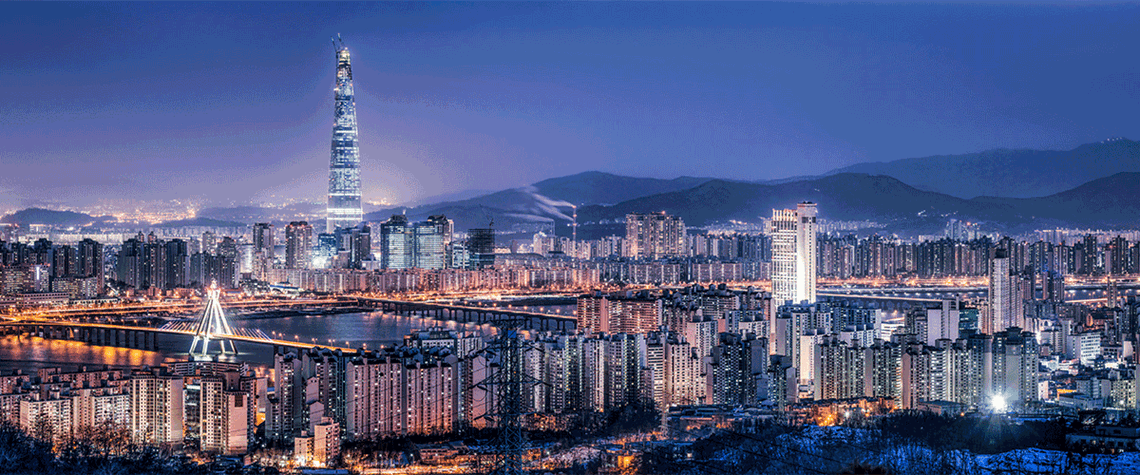Muddled policies cloud Korean LNG outlook
Planned terminal expansions do not fit with Seoul’s stated goals of trimming LNG dependence
South Korea has long been one of the world’s largest LNG consumers, alongside Japan, China and—more recently—the EU. But despite a huge and ongoing buildout of regasification infrastructure, the medium-to-long-term outlook for Korean LNG demand is unclear. The country aims to meet its net-zero targets in part through a sharp reduction in its dependence on imported LNG, even while vacillation on nuclear policy brings additional uncertainty. South Korea has managed to trim its coal use in recent years and raise the proportion of gas in the generation mix as it seeks to achieve net zero by 2050. The government is closing ageing coal-fired plants and imposed a 28% tax on imports of the solid fue

Also in this section
12 December 2025
The latest edition of our annual Outlook publication, titled 'The shape of energy to come: Creating unique pathways and managing shifting alliances', is available now
12 December 2025
The federal government is working with Alberta to improve the country’s access to Asian markets and reduce dependence on the US, but there are challenges to their plans
11 December 2025
The removal of the ban on oil and gas exploration and an overhaul of the system sends all the right messages for energy security, affordability and sustainability
10 December 2025
The economic and environmental cost of the seven-year exploration ban will be felt long after its removal







